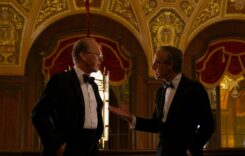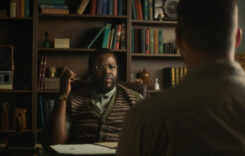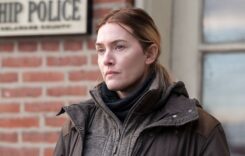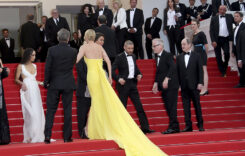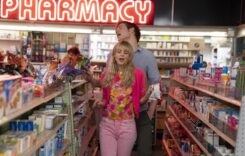JANUARY 4, 2019
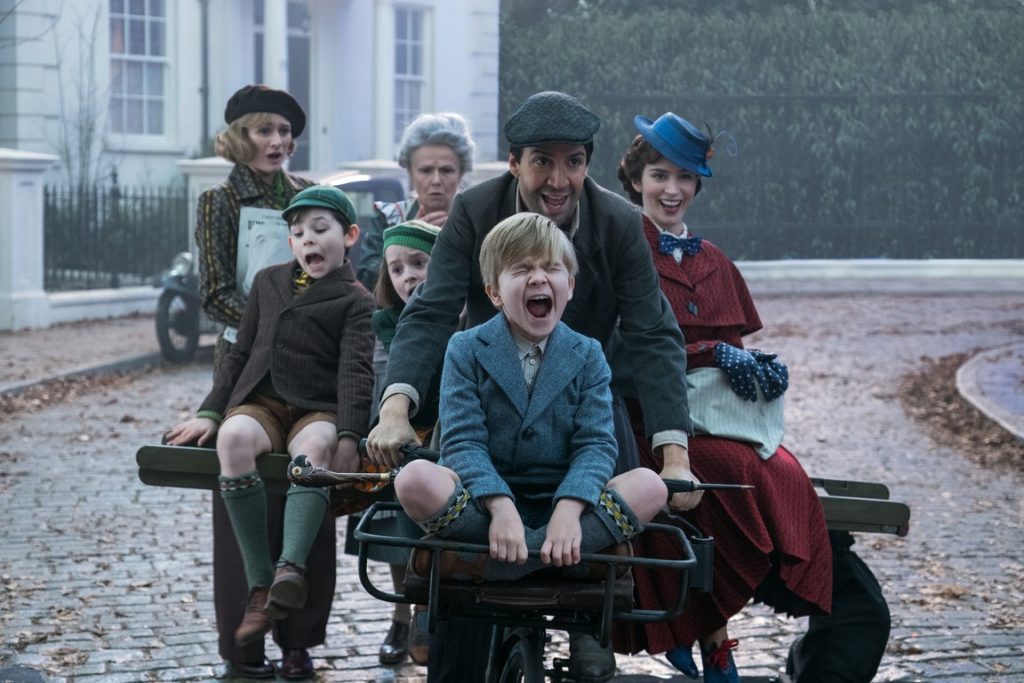
When I first heard that Disney was producing a new Mary Poppins film, my heart sank. I’ve gotten used to periodic Disney cash grabs, remaking their animated classics into live-action movies, but this one felt different. Leave Mary Poppins alone!
Having seen the final product, however, I am happy to report that it’s more than not-half-bad and perfectly justifiable. For one, it’s not a remake as I had feared but is instead a continuation of the eight Poppins books written by P.L. Travers (who reportedly hated the first Disney version). So continuing the Poppins stories on film seems only logical.
“Mary Poppins Returns” is set in 1935 in what the film calls “the days of the Great Slump.” As before, this film focuses on the Banks children, who have now grown to adulthood. Michael Banks (an excellent Ben Whishaw) is now a bank teller with three children — daughter Annabel (Pixie Davies), older son John (Nathaniel Saleh) and younger son Georgie (Joel Dawson) — and is still mourning the death of his wife a year ago.
Michael is consoled by his sister Jane (Emily Mortimer), who is much more a get-on-with-life kind of person and an active feminist to boot. Things soon turn worse for Michael, though, when he learns from the bank that unless he pays up a loan in full by Friday, the bank will repossess the family home at 17 Cherry Street Lane. A frantic Michael recalls that their father left them a stock certificate for shares in the bank which would more than repay the loan and thus save their home. But where is it?
As they tear the attic apart in search of the missing certificate, Michael and Jane find once-cherished but now forgotten mementos of their childhood times with their magical nanny Mary Poppins. Michael no longer believes in magic and tosses his mementos in the trash, including his beloved childhood kite.
A sudden wind storm lifts the kite into the air, and it is corralled by Georgie with help from lamplighter Jack (Lin-Manuel Miranda). Still the kite flies higher and higher into the air until it returns to earth along with Mary Poppins herself (Emily Blunt).
When she glides through the Banks family front door, the family is stunned. Mary Poppins (she’s always addressed by her full name) explain that she’s returned to take care of the Banks children. John, Georgie and Annabel assume she means them, but we all know that Jane and Michael are the ones who need caring.
That’s a lot of exposition to get through in a plot-heavy first act, but the script is handled (mostly) deftly by screenwriter David Magee (“Life of Pi”). His heavy lifting frees up director Rob Marshall to do what he does best — create the big production numbers that we all came to see anyway. Though not quite up to his “Chicago” standards, it’s a welcome return to musical form for Marshall, whose love for the genre is evident in every frame.
There’s been some critical grumbling that the new songs by Marc Shaiman aren’t up to the level of the Sherman Brothers originals, but that collection of songs was lightning in a bottle and may never be matched again. For his part, Shaiman has done some effective work here with a lush background score and a couple of terrific songs — “Trip a Little Light Fantastic” is the working-man’s song, sort of the equivalent of “Step In Time,” and I think this new one is much better written. (I always found “Step in Time” too frenetic and repetitive. So sue me.) And Blunt delivers a beaut of a ballad, “The Place Where Lost Things Go,” which will speak to any child who has lost a toy and to any adult who has lost a parent.
The performances are more of a mixed bag. The young kids are fine, but Colin Firth, normally a subtle actor, plays the repossessing banker like Snidely Whiplash with indigestion. Meryl Streep (who worked with Marshall and Blunt in “Into the Woods”) plays Topsy Poppins, Mary’s cousin and a role that gives the esteemed actress a chance to dust off her Slavic accent with a thoroughly forgettable song in a thoroughly irrelevant plotline, which takes up valuable time in an already lengthy film. But there’s the joy of seeing Angela Lansbury as The Balloon Lady (in a role written for the original Mary, Julie Andrews) and, oh yes, Dick Van Dyke himself. I dare you not to applaud when you first see him.
In his first major screen role, the Tony-winning Miranda is a winning presence, with great chemistry with Blunt and a romantic twinkle with Mortimer’s Jane. Not surprisingly, though, it is in the film’s musical numbers where Miranda soars, particularly in “Trip a Little Light Fantastic” and “The Cover Is Not the Book,” bringing a bit of Broadway pizazz exactly when the film needs it.
It is Blunt, however, who has the film’s toughest job facing the long shadow cast by Andrews’ original. Rather than be intimidated at the prospect, Blunt simply creates a new Mary of her own, a nanny who’s all business and just a little bit brusque, but one who still believes in the power of magic to help heal a troubled soul. It’s a marvelous performance, which, combined with her first-class work this spring in “A Quiet Place,” has given Blunt a year of which actors can only dream.
Where “Mary Poppins Returns” lands on the “Disney classic” scale remains to be seen, but for now, in a season of troubling world developments, the film may bring just a little more magic into people’s lives. And that’s not a bad thing at all.
GRADE: B+



